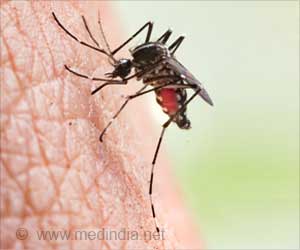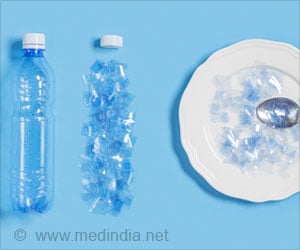Professor Richard Conant of Queensland University of Technology QUT)notes that global agricultural activities account for 15 to 20 per cent of total greenhouse gas emissions.

Nitrous oxide emissions occur during various agricultural and industrial processes, and when solid waste or fossil fuels are burned.
Methane is emitted when organic waste decomposes, whether in landfills or in connection with livestock farming.
Methane emissions also occur during the production and transport of fossil fuels.
When sunlight strikes the earth’s surface, some of it is reflected back towards space as infrared radiation (heat). The greenhouse gases mentioned above absorb this infrared radiation, trap the heat in the atmosphere and reemit the waves downward causing the temperature of the earth to go up.
Advertisement
Emissions of two greenhouse gases, methane and carbon dioxide have reached record high, says World Meteorological Organization, an agency of the United Nations.
Advertisement
"Most of the discussion about limiting greenhouse gases has focused on carbon dioxide, but the agricultural sector is the largest contributor to non-CO2 emissions.
"Those emissions are dominated by nitrous oxide emissions from soils, which make up 38 per cent of total agricultural emissions, and methane emissions from ruminant livestock, which accounts for 34 per cent.
"Nitrous oxide is a more potent greenhouse gas than methane - it has a bigger effect on the environment."
Professor Conant, who was part of a team of scientists who received the 2007 Nobel Peace Prize in conjunction with Al Gore, is among QUT researchers undertaking a global study on efficiency of nitrogen use in agriculture that is the first of its kind.
The study, conducted with the United Nations Food and Agriculture Organisation, is expected to be released later this year.
"What it tells us is that the efficiency of nitrogen use hasn't changed in the last 50 years. We are using it pretty efficiently in Australia but in poorer countries they are not," he said.
"When more nitrogen is used on crops, nitrous oxide is released into the environment, which pollutes our waterways and environment.
"We want to figure out ways to grow more food while reducing our use of nitrogen."
Professor Conant said increasing nitrogen efficiency could be as simple as educating producers to apply nitrogen at the roots of plants and using it gradually over the course of the year.
"This gap in efficiency is reason for optimism. The world needs more food and it is really important for us to think about the efficiency of food production per unit of greenhouse gas emissions.
"That's one of the key factors that makes the ISR's work unique."
Source-Medindia







